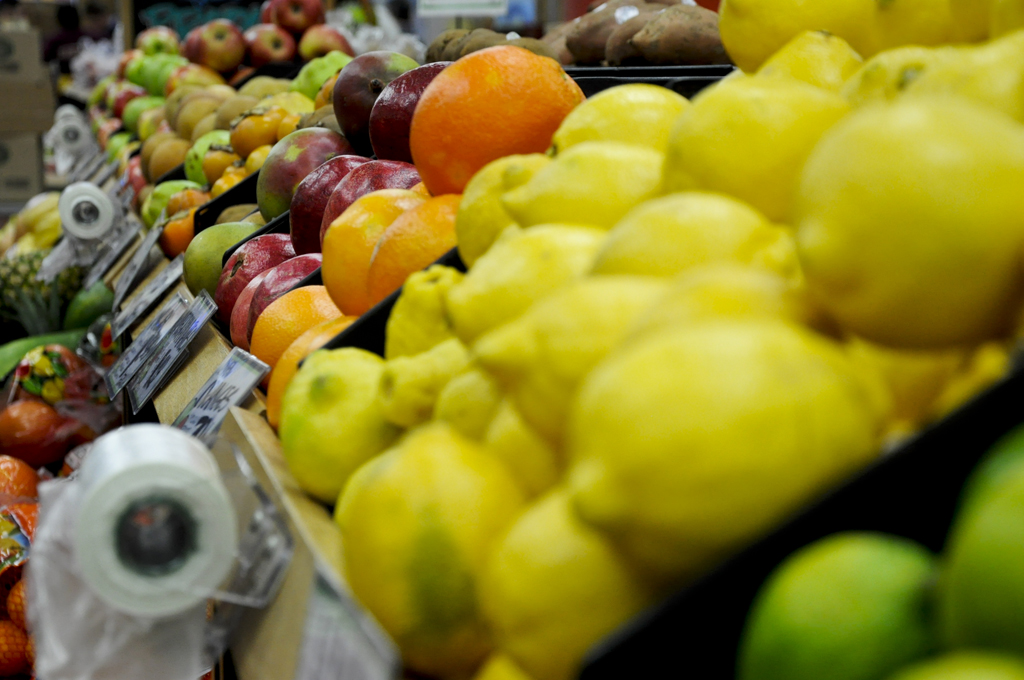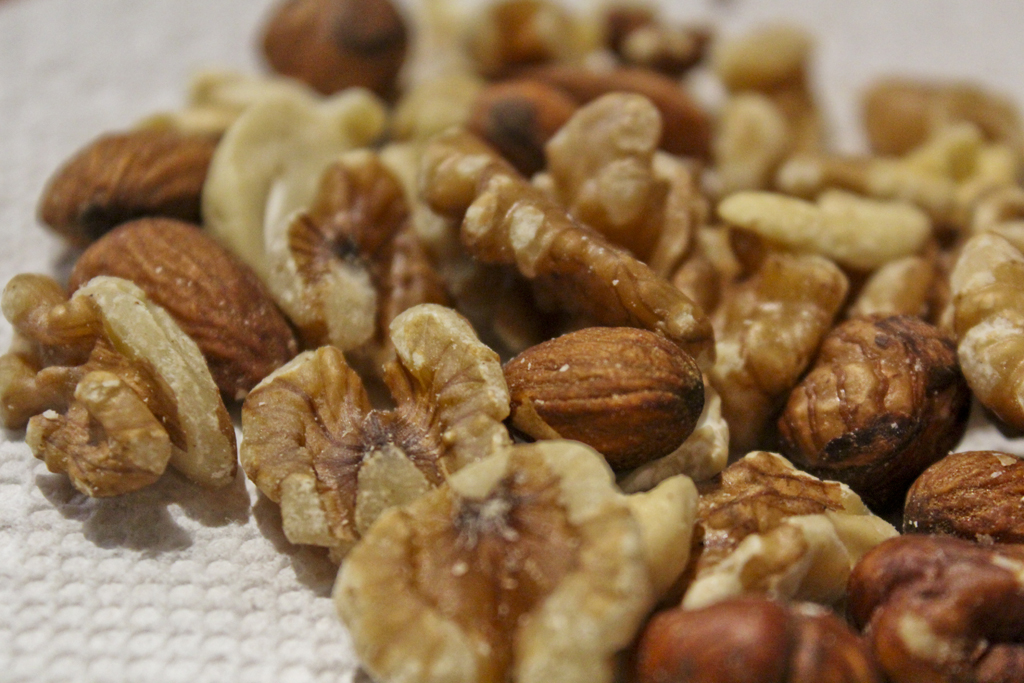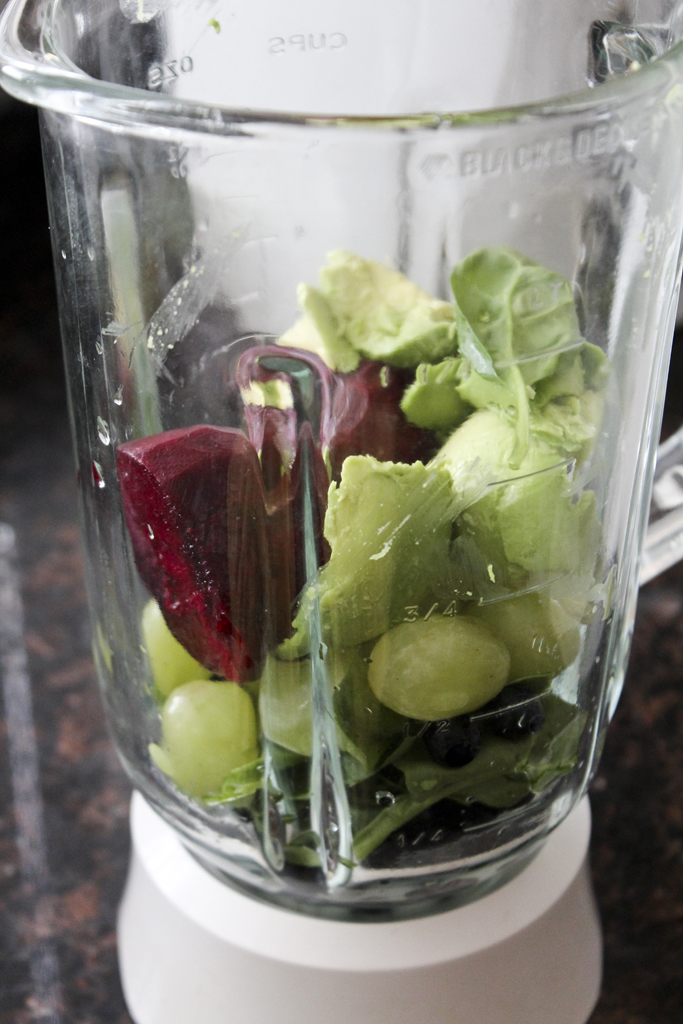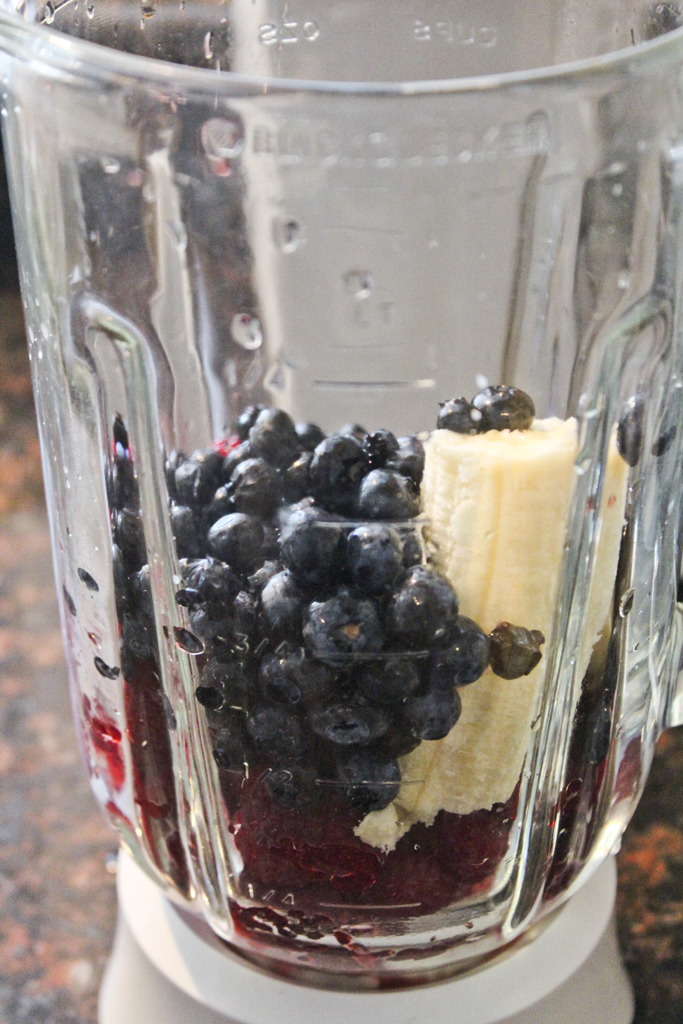I have long been wary of the smoothie-as-a-meal phenomenon simply because, let’s face it, I love chewing. I can’t wrap my brain around the idea that I can get nutrients (and get full) from several sips. But, as I’ve previously written here, drinks can contain hidden calories, as well as the nourishment that your body needs throughout the day. Try whipping up one of these smoothie creations before a workout, at breakfast time, or as an early morning hangover cure.
The basic components of the traditional smoothie are simple:
Base: Use 1-2 cups of liquid to create the consistency of your drink. You can use fruit juice, water, all varieties of milk (dairy, soy, almond), iced coffee, green tea, and regular or coconut water.
Fruit: Two different types of fruit will create a nice flavor dynamic in your smoothie (both fresh and frozen will work). For an extra boost, add something green like kale, beet greens, spinach, avocado or arugula (don’t worry, the taste will be masked by the sweetness of the fruit).

Photo by Hannah Lin
Thickness: To get your smoothie to be more than just puree, add a thickening agent with nutritional benefits, like low-fat Greek yogurt, nut butter, coconut meat, oats or beans.

Photo by Hannah Lin
Extra Flavors: While the smoothie will obviously be tasty because of all the goodness you’ve already put in it, sometimes an extra level of sweetness can be nice. You can add flavor without adding empty calories by using honey, vanilla extract, cinnamon, mint or basil.
Boost It Up: Smoothie boosts are perfect for post-workout snacks or for bumping your smoothie from a snack to a full-fledged meal. Consider using ingredients like protein powder, vitamin powder, fish oil, ground flaxseeds or probiotics.
Here are some of our favorite smoothie ideas, measured in ratios of thirds:
Detox: 1/3 beet or carrot juice, 1/3 apples or pears, 1/3 lemon juice or ginger

Photo by Hannah Lin
Breakfast: 1/3 yogurt or milk, 1/3 raspberries, blueberries or bananas, 1/3 oats or almonds

Photo by Hannah Lin
Metabolism Boost: 1/3 green tea or ice, 1/3 vanilla yogurt, 1/3 mango, add honey to taste
Post-Workout: 1/3 yogurt or milk, 1/3 banana, 1/3 peanut butter, add cinnamon to taste
Energizing: 1/3 ginger or tea, 1/3 apples, pears or spinach, 1/3 lime juice or honey

Photo by Hannah Lin
Hangover cure: 1/3 banana or ice, 1/3 pomegranate juice, 1/3 almond butter, add ginger to taste
If you don’t own a blender, you can purchase bottled smoothies (we love the Naked brand), which are perfect for a quick breakfast or snack. Regardless if they are homemade or bottled, smoothies can be both nutritious and delicious.
Sources: superskinnyme.com, pull-myself-together.tumblr.com

